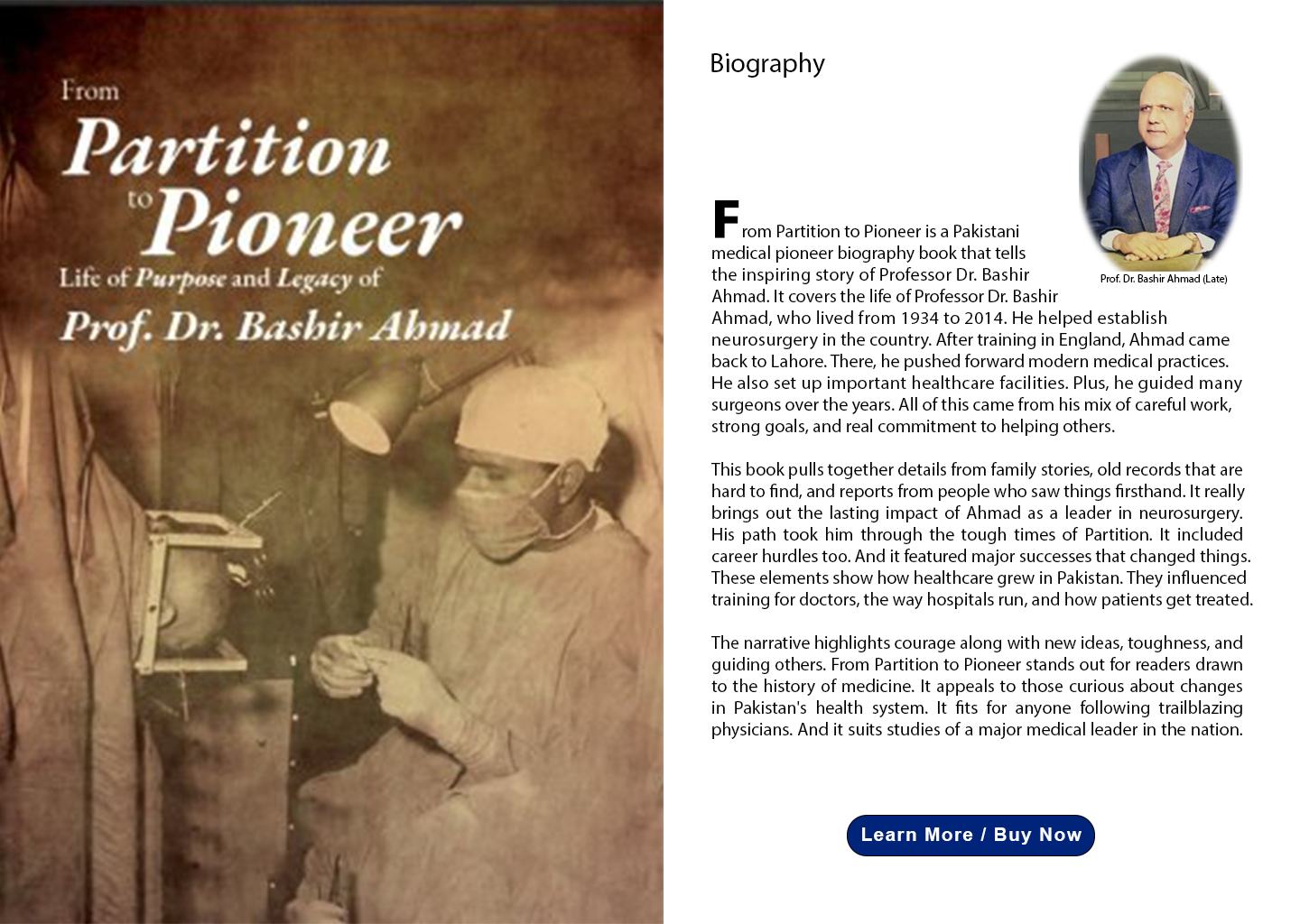Aphasia, characterized by the loss or impairment of language abilities due to brain damage, is a profound cognitive impairment that frequently follows a stroke. It impacts 21-38% of acute stroke patients, leading to significant short- and long-term morbidity, mortality, and healthcare expenditure. Despite the devastating nature of aphasia, recovery is possible even in severe cases. This article delves into the complexities of aphasia post-stroke, the traditional and emerging therapies, and the role of pharmacological interventions in aiding recovery.
The Nature and Impact of Aphasia
Aphasia affects various aspects of language, including speaking, understanding, reading, and writing. It stems from damage to the language-dominant areas of the brain, typically the left hemisphere. The severity and type of aphasia depend on the location and extent of the brain injury. For many patients, aphasia presents as a significant barrier to regaining a normal life, impacting their ability to communicate effectively and perform daily activities.
Speech-Language Therapy: The Mainstay Treatment
Speech-language therapy (SLT) is the cornerstone of aphasia treatment. It involves structured exercises and activities designed to improve language skills and communication strategies. However, the effectiveness of conventional SLT has not been conclusively proven, prompting researchers to explore more rational therapies and integrate knowledge from various domains. Intensive language therapy, which involves several hours of SLT daily over a short period, has shown promise in some studies, although its widespread efficacy remains under investigation.
Pharmacological Interventions: A Promising Avenue
Several pharmacological agents have been explored for their potential to enhance language recovery post-stroke. These drugs aim to augment the brain’s natural recovery processes and facilitate the effects of SLT.
- Piracetam: Early placebo-controlled trials indicated that piracetam could be effective when administered soon after a stroke. However, its efficacy diminishes in chronic aphasia cases. Piracetam is thought to work by enhancing neuroplasticity, the brain’s ability to reorganize itself by forming new neural connections.
- Catecholamine Modulators: Drugs such as bromocriptine and dexamfetamine, which act on catecholamine systems, have shown varying degrees of success:
- Bromocriptine: Useful in both acute and chronic aphasia, bromocriptine’s benefits appear limited to nonfluent aphasia, particularly in patients with reduced spontaneous verbal initiation.
- Dexamfetamine: Demonstrates improvement in language function in subacute aphasia, with long-term benefits observed in highly selected patient samples.
- Cholinergic Agents: These drugs target the cholinergic system to enhance cognitive function. One notable example is donepezil:
- Donepezil: Preliminary studies, including single-case reports and open-label trials, suggest that donepezil may benefit chronic post-stroke aphasia patients. It appears well-tolerated, with sustained efficacy over the long term. Randomized controlled trials are warranted to further explore its potential.
Integrating Therapies for Optimal Recovery
The integration of pharmacological agents with SLT represents a promising strategy for enhancing aphasia recovery. By combining the neuroplasticity-enhancing effects of drugs with the targeted language practice provided by SLT, patients may achieve more significant improvements. This integrated approach is supported by emerging research but requires further validation through large-scale clinical trials.
The Road Ahead: Research and Innovation
The field of aphasia treatment is evolving, with ongoing research aiming to refine existing therapies and develop new interventions. Key areas of focus include:
- Enhanced SLT Protocols: Developing more effective and individualized therapy protocols that cater to the specific needs and abilities of each patient.
- Neurostimulation Techniques: Investigating the use of techniques such as transcranial magnetic stimulation (TMS) and transcranial direct current stimulation (tDCS) to augment traditional therapies.
- Genetic and Biomarker Studies: Exploring genetic and biomarker predictors of recovery to tailor treatments more precisely
Conclusion
Aphasia post-stroke presents a significant challenge, but with continued advancements in therapy and pharmacology, the outlook for patients is improving. By integrating intensive language therapies with pharmacological agents like donepezil and exploring new treatment modalities, healthcare professionals can offer more effective and comprehensive care. Continued research and innovation are essential to unlocking the full potential of these therapies and ultimately improving the quality of life for aphasia patients.
References
1. Pedersen, P. M., Jørgensen, H. S., Nakayama, H., Raaschou, H. O., & Olsen, T. S. (1995). Aphasia in acute stroke: incidence, determinants, and recovery. Annals of Neurology, 38(4), 659-666.
2. Berthier, M. L. (2005). Poststroke aphasia: Epidemiology, pathophysiology and treatment. Drugs & Aging, 22(2), 163-182.
3. Ellis, C., Dismuke, C., & Edwards, K. (2010). Longitudinal trends in aphasia in the United States. NeuroRehabilitation, 27(4), 327-333.
4. Brady, M. C., Kelly, H., Godwin, J., Enderby, P., & Campbell, P. (2016). Speech and language therapy for aphasia following stroke. Cochrane Database of Systematic Reviews, 6, CD000425.
5. Breitenstein, C., Grewe, T., Floel, A., Ziegler, W., Springer, L., Martus, P., … & Huber, W. (2017). Intensive speech and language therapy in patients with chronic aphasia after stroke: a randomized, open-label, blinded-endpoint, controlled trial in a health-care setting. The Lancet, 389(10078), 1528-1538.
6. Huber, W., & Willmes, K. (1991). Piracetam as an adjuvant to language therapy for aphasia: a randomized double-blind placebo-controlled pilot study. Archives of Physical Medicine and Rehabilitation, 72(11), 807-812.
7. Gold, M., Van Dam, D., Sudduth, T. L., Blalock, E. M., & Kelley, C. M. (2005). Bromocriptine as a potential therapeutic agent for Alzheimer’s disease. Neuropsychiatric Disease and Treatment, 1(1), 41-48.
8. Sprigg, N., Bath, P. M., Zhao, L., Willmot, M. R., Gray, L. J., Walker, M. F., & Palmer, R. (2006). Granulocyte-colony stimulating factor for stroke: an individual patient data meta-analysis. Stroke, 37(3), 793-798.
9. Berthier, M. L., Green, C., Higueras, C., Fernández, I., Hinojosa, J., & Martín, M. C. (2006). A randomized, placebo-controlled study of donepezil in poststroke aphasia. Neurology, 67(9), 1687-1689.
10. Espay, A. J., & Aybek, S. (2006). Acute effects of donepezil on neurologic gait disorders: A pilot study. Movement Disorders, 21(12), 2249-2254.

